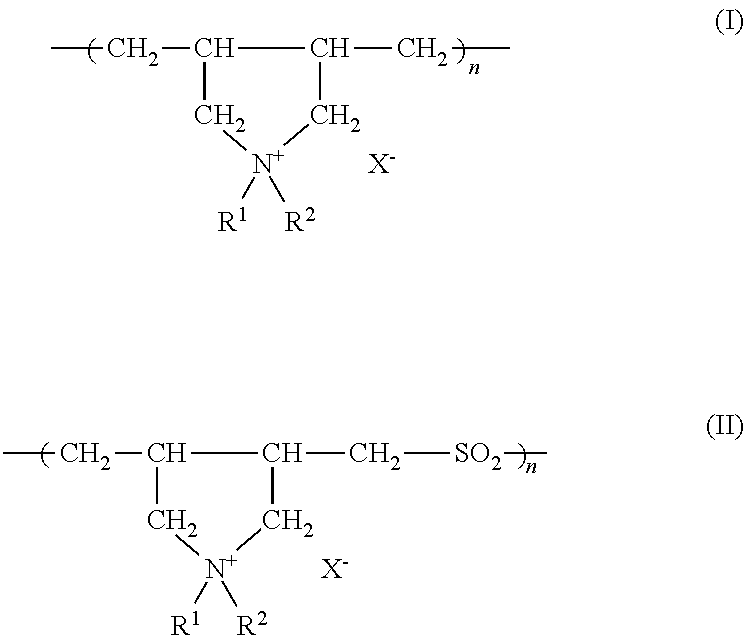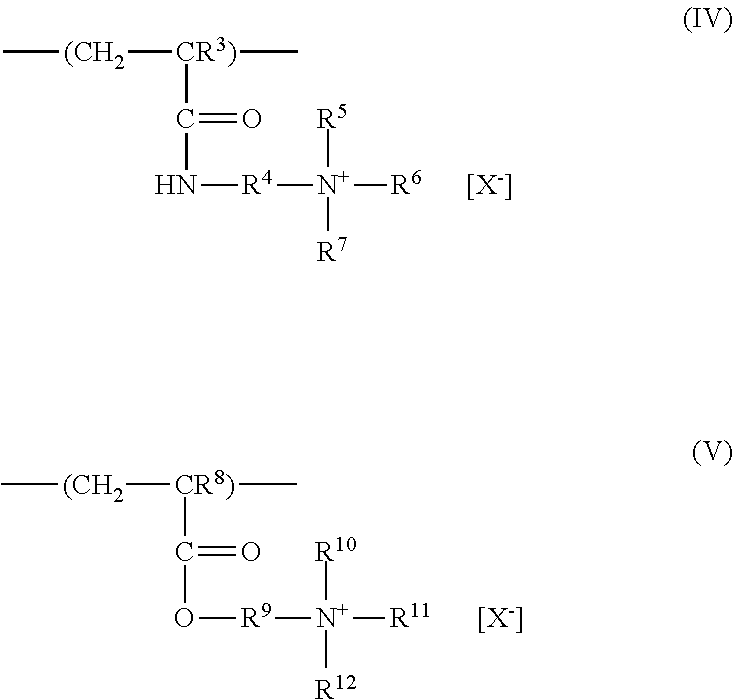Optical laminated polyester film
a polyester film and laminate technology, applied in the field of optical laminated polyester film, can solve the problems of poor working efficiency and the inevitably deteriorating of the light transmittance of the transparent conductive layer, and achieve the effects of good adhesion, low surface resistivity value, and good transparency
- Summary
- Abstract
- Description
- Claims
- Application Information
AI Technical Summary
Benefits of technology
Problems solved by technology
Method used
Image
Examples
examples
[0077]The constructions and effects of the present invention are described in more detail below by Examples. However, these Examples are only illustrative and not intended to limit the present invention thereto, and various other modifications and changes are possible unless departing from the subject matters of the present invention. Meanwhile, various properties and characteristics used in Examples and Comparative Examples were measured and defined as follows. In addition, the term “part(s)” used herein means “part(s) by weight” unless otherwise specified.
(1) Measurement of Inherent Viscosity of Polyester:
[0078]One gram of a polyester was accurately weighed, and mixed with and dissolved in 100 mL of a mixed solvent comprising phenol and tetrachloroethane at a weight ratio of 50:50, and a viscosity of the resultant solution was measured at 30° C.
(2) Average Particle Diameter (d50: μm) of Fine Particles Used in Polyester Film:
[0079]The particle diameter corresponding to 50% cumulati...
PUM
| Property | Measurement | Unit |
|---|---|---|
| total light transmittance | aaaaa | aaaaa |
| total thickness | aaaaa | aaaaa |
| total thickness | aaaaa | aaaaa |
Abstract
Description
Claims
Application Information
 Login to View More
Login to View More - R&D
- Intellectual Property
- Life Sciences
- Materials
- Tech Scout
- Unparalleled Data Quality
- Higher Quality Content
- 60% Fewer Hallucinations
Browse by: Latest US Patents, China's latest patents, Technical Efficacy Thesaurus, Application Domain, Technology Topic, Popular Technical Reports.
© 2025 PatSnap. All rights reserved.Legal|Privacy policy|Modern Slavery Act Transparency Statement|Sitemap|About US| Contact US: help@patsnap.com



